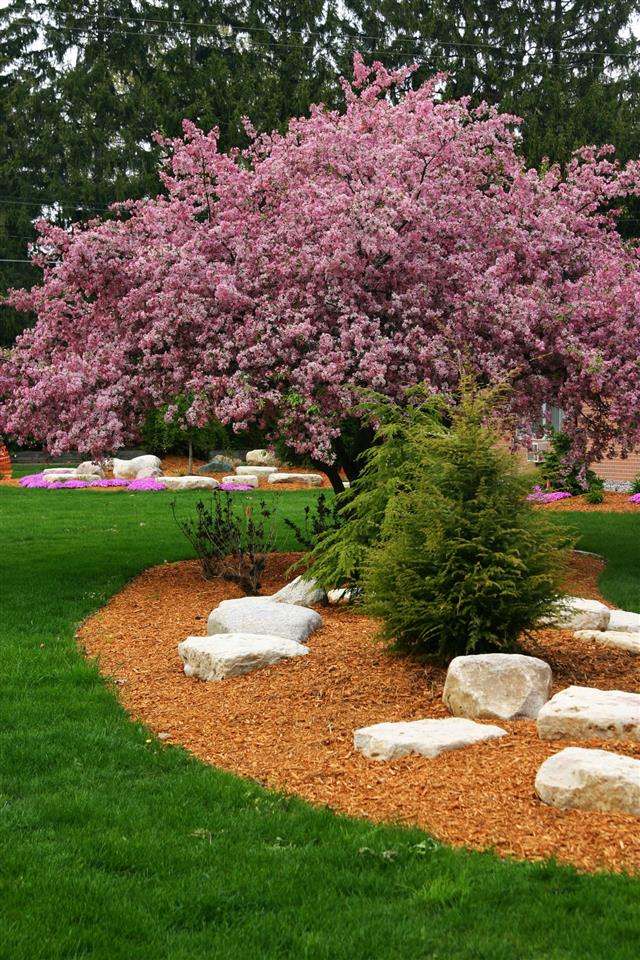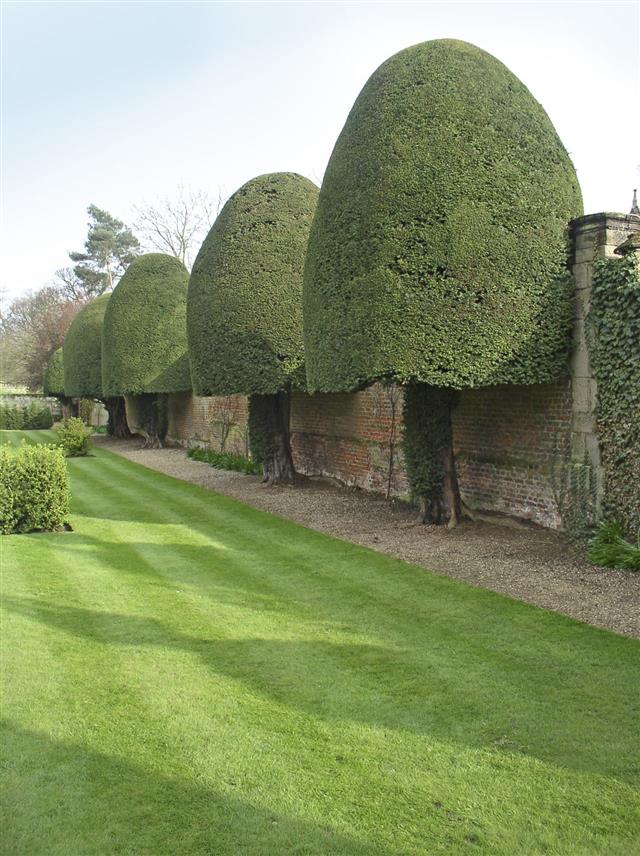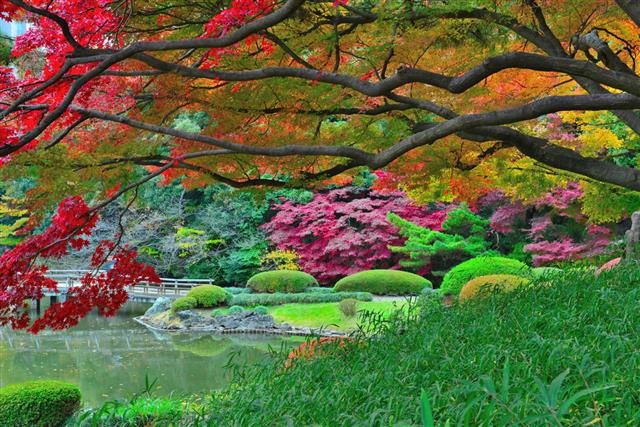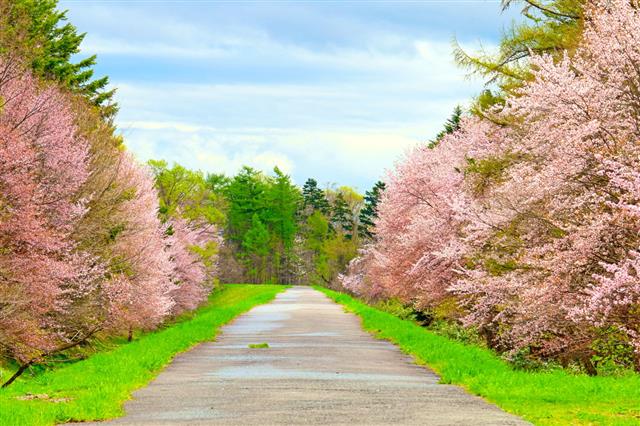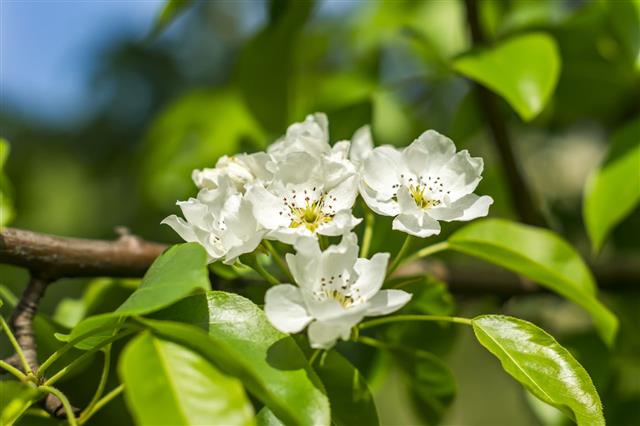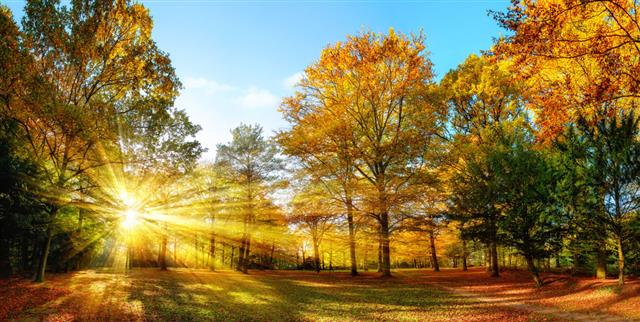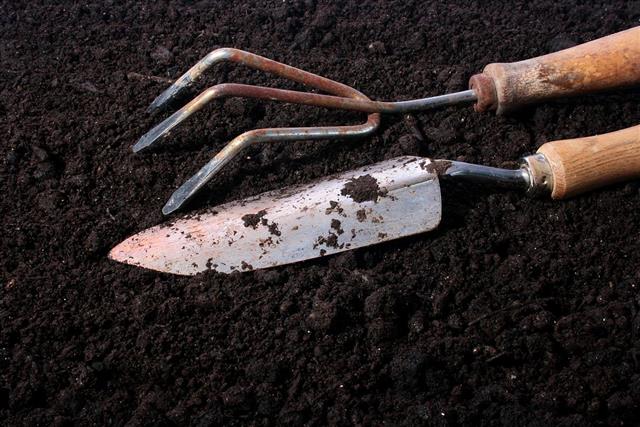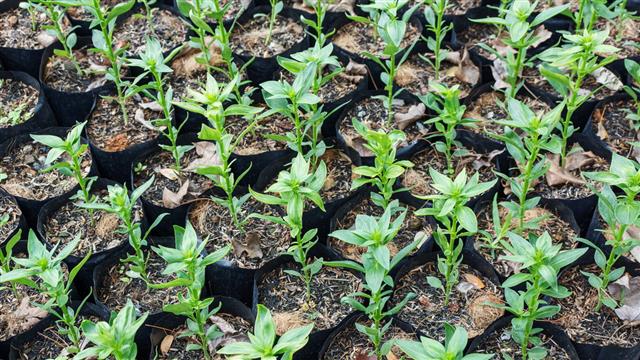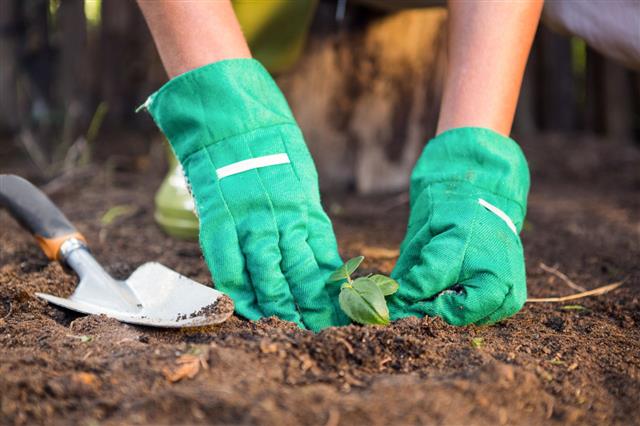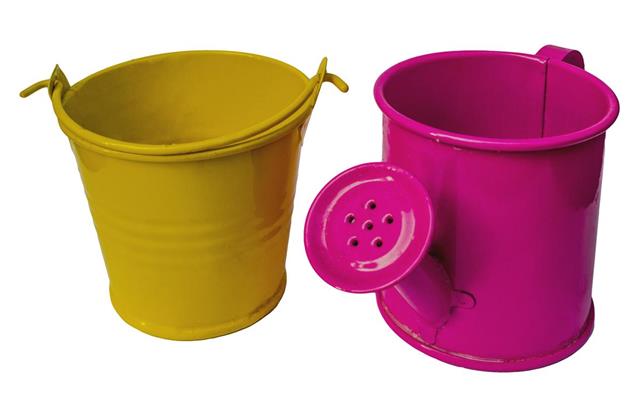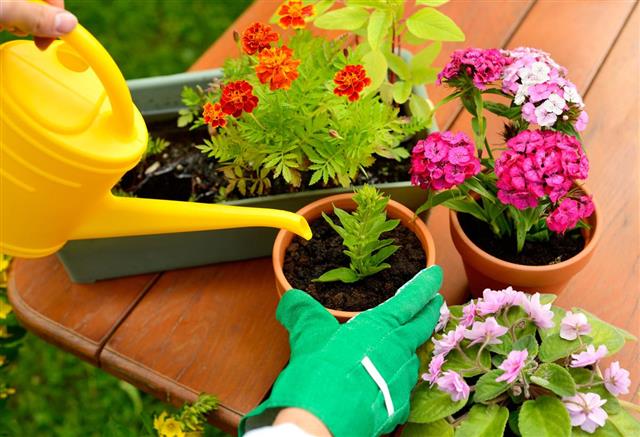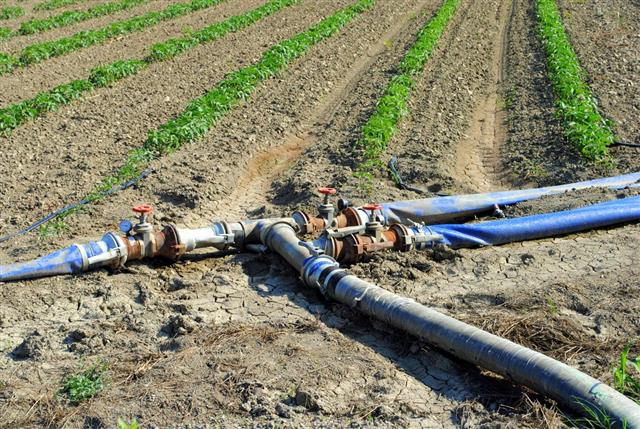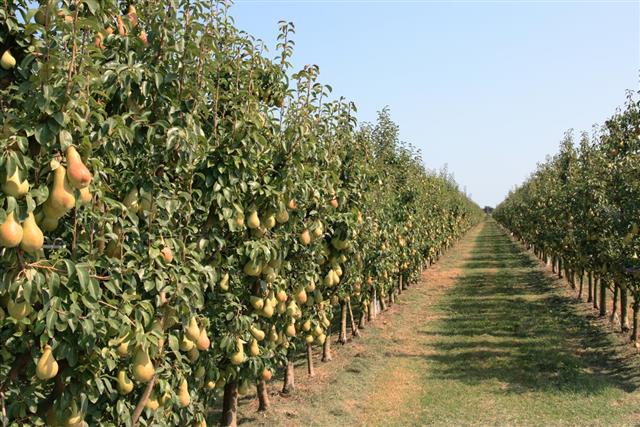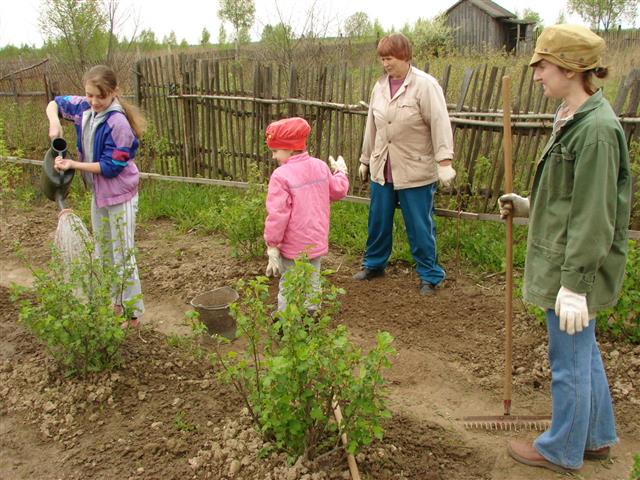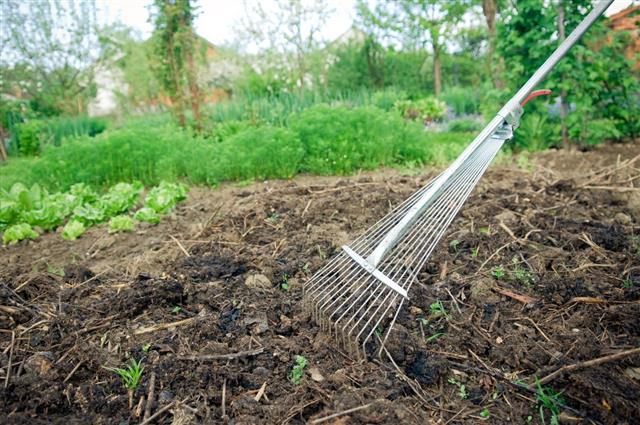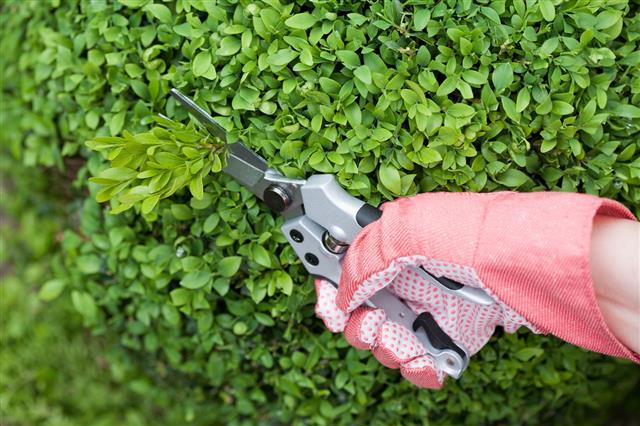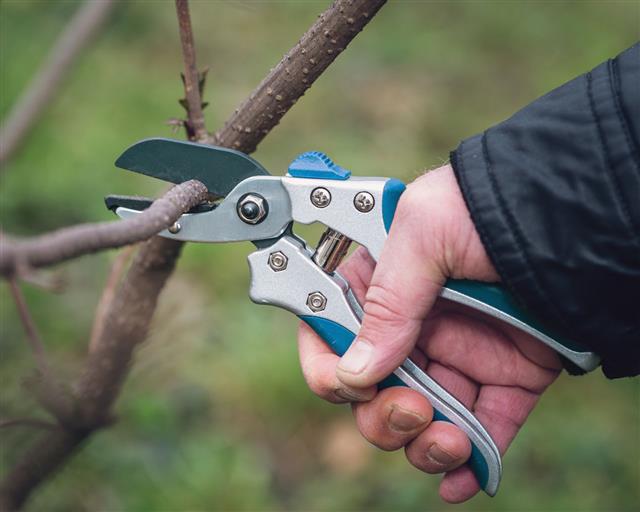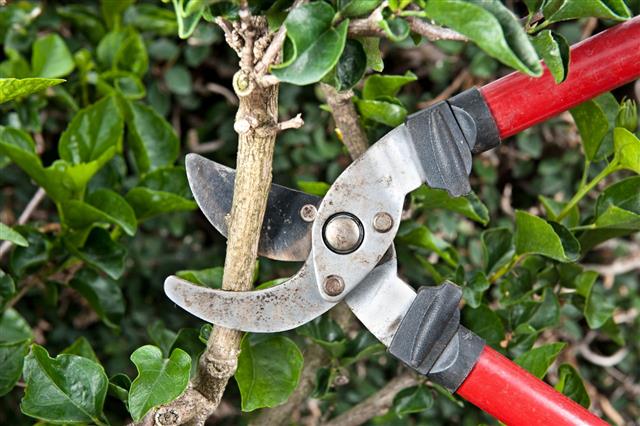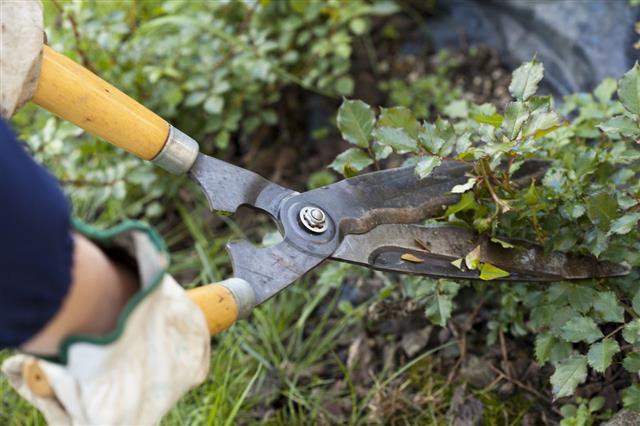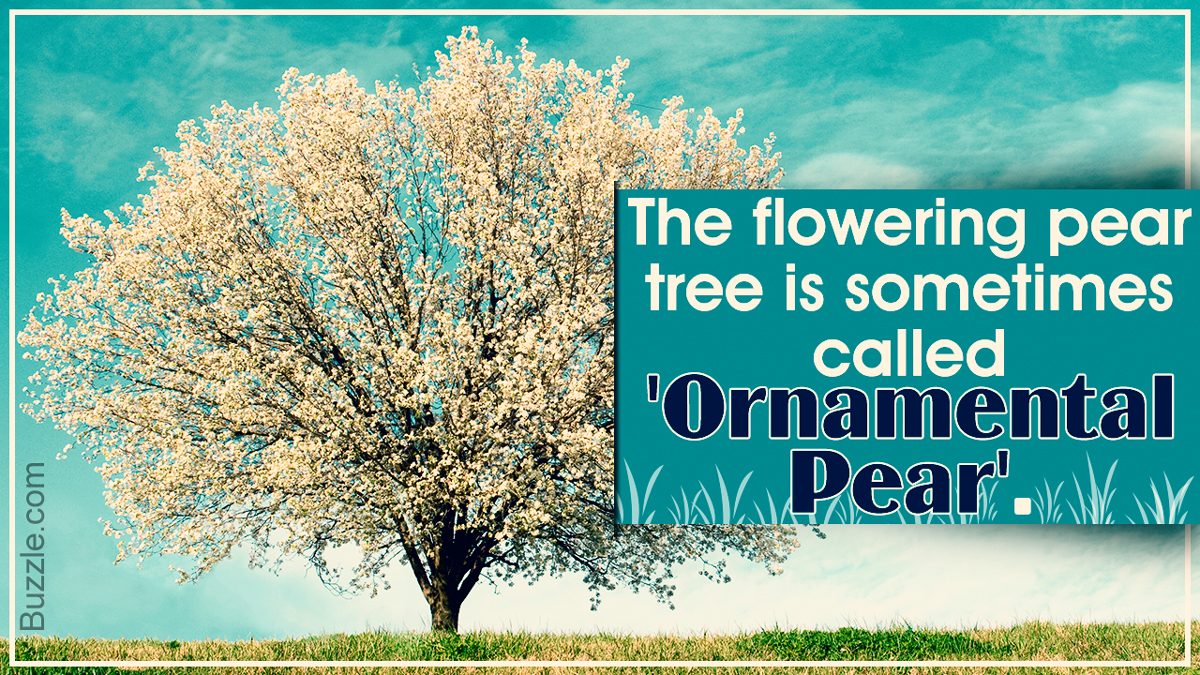
The flowering pear tree or Callery pear can be a delight for the landscapers, if properly taken care of. Learn how to care for this beautiful tree in this Gardenerdy article.
Did You Know?
If the leaves of your Callery pear start turning brown around the edges, and also become brittle, then it can be a sign that the tree is not getting enough water.
Flowering pear trees are ideal for landscaping and gardening purposes all throughout the year. In spring, this tree can look especially striking with its delicate, snowy-white flowers. Even in summer, it can add a touch of tranquility to the surrounding with its lush, glossy green foliage. In fall, this remarkable tree turns red with its scarlet or red foliage to create a fascinating sight to behold.
This deciduous tree belongs to the genus, Pyrus and the family Rosaceae. There are mainly two species of pear trees – the fruiting and the flowering pear tree. The scientific name of the flowering pear tree is Pyrus calleryana, while that of the fruiting pear is Pyrus communis. As the names suggest, the fruiting pear tree is cultivated for its delicious juicy fruits, while the flowering pear is used for ornamental purposes.
Plant Description
The flowering pear, also known as Callery pear, is native to China and Vietnam. The tree usually reaches a height of 15 to 20 m. It usually maintains an oval or pyramidal shape. The leaves generally reach a length of 4 to 7 cm. They are oval-shaped and dark, glossy green in color with a paler under-surface. But in fall, the leaves can turn bright yellow, red, orange, or pink in color.
In early spring, the tree displays small snowy-white, five-petaled blossoms. This is followed by the production of some pea-sized and extremely hard fruits. The fruits are, however, softened by the frost, after which they are consumed by birds. The birds excrete the seeds in their droppings and thus disperse them.
Taking Care of a Flowering Pear Tree
The Callery pear usually does not require much space, and so is ideal for smaller areas. Some of the most popular types or cultivars of flowering pear are, Bradford, Aristocrat, Redspire, Autumn blaze, and Chanticleer. The flowering or ornamental pear trees need special care, particularly during the first few years till they establish themselves firmly on the ground. Here is a brief guide on flowering pear tree care.
Site Selection
The Callery pear thrives and blooms profusely in a location that receives direct sunlight. So, choose a sunny location for planting this pear tree.
As far as the soil requirements are concerned, you would need slightly acidic soil, with pH ranging from 4 to 6.5. The soil should be moist, well-drained, and should be able to hold water, in order to ensure the proper growth of your pear tree.
Planting a Callery Pear
For growing a pear tree, you can either opt for seeds, or a small, young plantlet. But be sure to select high quality seeds or a plantlet. If you have opted for a plantlet, then dig a hole as deep as the root ball, and about four times the width of the root ball.
Place the plant in the hole carefully, and then cover the hole with soil. Now, gently push the soil around the base of the root ball. As flowering pear trees require moist soil, you can add some mulch around the planting site. Ideally, 2 to 3 inches of mulch around the tree would be sufficient. This will help retain an adequate level of moisture.
Aged wood chips, as well as bark can be used for mulching a pear tree. Mulching is very important for preventing the growth of unwanted weeds. But, the mulch should not come in contact with the trunk. Otherwise, it can promote fungal growth on the trunk.
Soon after planting, the pear tree should be watered properly. Proper watering is the most important aspect of pear tree care, especially for the first five years. The tree should be watered at least once a week for the first year. During the rainy season, the watering schedule can be adjusted according to how frequently it rains.
Watering
The flowering pear tree usually requires more water than other trees, especially in the spring when the tree blooms profusely, and also in late summer when fruits are developing. However, overwatering should be avoided, as it can damage or rot the roots.
The flowering or ornamental pear tree needs to be watered immediately following its transplantation. Transplantation can shock the tree, so water the tree properly to keep it alive. Basically, you should keep the soil moist at all times to ensure its healthy growth.
During the first year, the tree should be watered at least once a week. The ideal method of watering is to place a garden hose at the front of the tree and let the water soak the ground for some time. During hot and dry weather, you can increase the frequency of watering from once a week to twice a week. On the other hand, you can reduce the frequency of watering during the rainy season.
Established pear trees can be watered once in every 10 to 14 days. They need deep soakings, equivalent to about 1 inch of rain at a time. In general, you can use about 5 gallons of water at a time for an established ornamental pear tree.
During spring and summer, and also when the buds start to form, you should water the tree at least once a week with about 5 gallons of water at a time. If the weather is exceptionally dry and hot, then increase the frequency of watering.
Being a deciduous tree, the ornamental pear tree loses its leaves and becomes dormant in winter. So, you can reduce the frequency of watering. In winter, watering the tree once a month is sufficient, if it is more than four years old. Young trees can be watered once in every 14 days.
Fertilization
You can fertilize your ornamental pear tree from the second year. You can apply a general purpose slow-acting fertilizer when the tree is two years old, and then continue fertilizing the soil once in a year for the next 3 to 4 years. Ideally, fertilization should be done in spring, about 2 weeks before the tree starts blooming. This will ensure better and more prolific flowering.
Avoid heavy application of nitrogen fertilizers, as too much nitrogen can promote succulent growth and make the tree more vulnerable to fire blight disease. Once your flowering pear tree become 5 to 6 years old, it usually does not require fertilization, as long as you mulch it regularly.
Pruning
Pruning helps not only maintain the shape of the tree, but keeps it healthy and disease-free as well. The ideal time for pruning is winter and late fall, or early spring.
Look for any dead or damaged branches, and use a sharp tool to cut them off at the point where they meet the main branch. You don’t have to wait till spring to remove such branches. They can be pruned at any time of the year, in order to keep the tree healthy and disease-free.
The branches of the tree that have grown out of control should also be removed. At the same time, you can remove some inner branches of your pear tree, in order to promote airflow, and thereby prevent fungal growth. You can trim about 20 to 30% of the inner branches to maintain the shape of the tree.
Be sure to cut off water sprouts and any buds that have sprouted beneath the desired level of the lowest major branch. Ideally, a pear tree should not have more than 3 to 5 major branches.
The flowering pear is a deciduous tree that can be grown in hardiness zones 4 through 8. There are several varieties or cultivars of the flowering pear tree. So, be sure to choose the variety that is suitable for your area by checking the plant tag, and the USDA Hardiness Zone Map. Some of the most common diseases that can affect this tree are fire blights, leaf scorch, and fungal infection. Along with watering, mulching, and pruning, it is equally important to identify and prevent these diseases. You can talk to a professional regarding the application of fungicides, pesticides, and other preventive measures, in order to protect your pear tree from these diseases.
